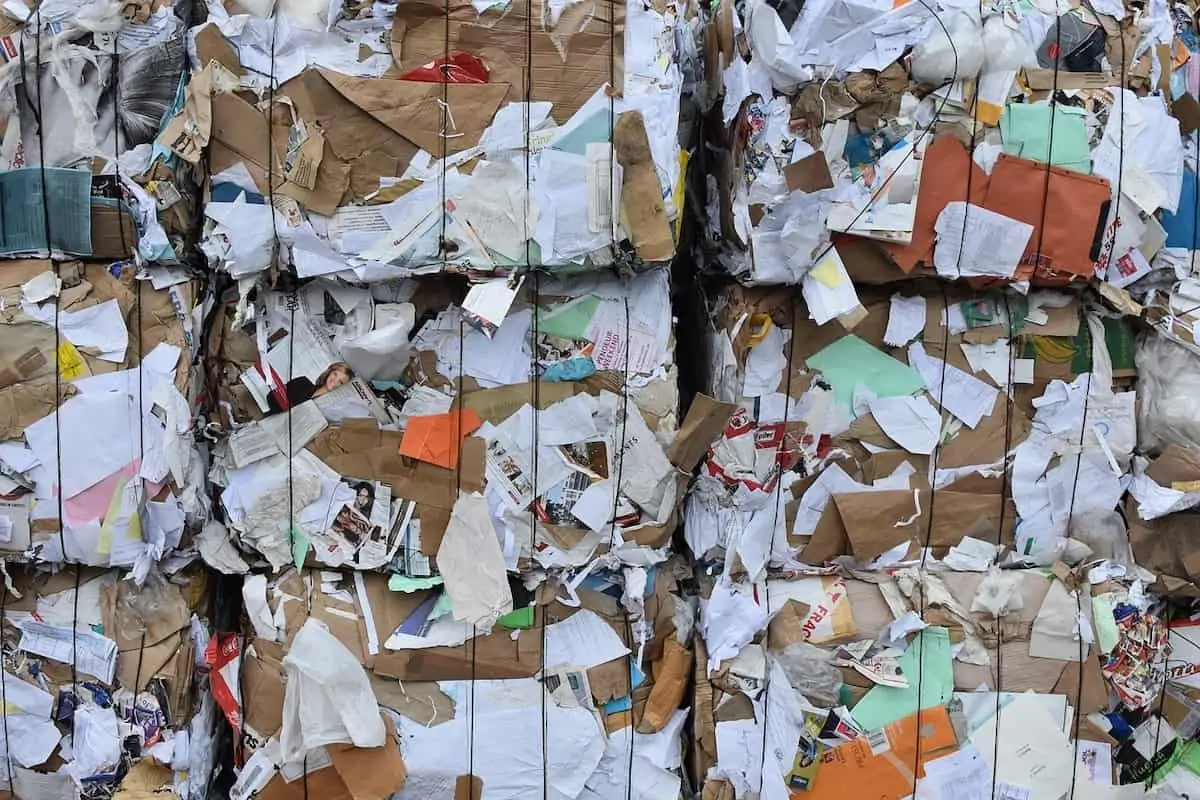All modern recycling plants should have some kind of baling operation on site. Baling is the process of squeezing recycled materials into cubes and then tying them together using baler wire. Baled materials are far more space-efficient.
They are easy to move, break down and measure. Compared to loose material storage, bales are far tidier and improve conditions for operatives working on site. If you are looking into installing a baling machine into a recycling line, there are a few logistical elements that you need to consider first.
Here are some of the most important considerations you can make in a baling operation.
Size Of Bale
It might sound obvious, but you need to do some research to find out just how big you want your bales of material to be. There are all sorts of considerations you need to make when deciding on the optimal size. One ton bales are the industry standard in the recycling industry, but this might not be appropriate for every operation.
If bales need to be transported regularly, then it might be prudent to downsize. Larger bales are appropriate for operations that have plenty of space and onsite processing facilities.
Kind Of Wire
The wire used in baling is incredibly important. It needs to be extremely flexible, corrosion-resistant, and strong. The best baling wire is made of galvanized, high-carbon steel. A good supply chain is necessary in order to keep your baler stocked with wire continuously. Check out balingwiredirect.com for more information about how to pick the best baling wire for your recycling plant. Breakages of baling wire can be costly and terribly dangerous.
The Flow Of Materials
Balers are not standalone objects. They are only a constituent part of a system – the recycling operation as a whole. The flow of materials should be your primary logistical concern when making any changes to your recycling plant. Poor material flow logistics are one of the biggest causes of problems within recycling operations.
You need to ensure that your baler is placed and operated in such a way that it does not cause material backups in other parts of the recycling line. For this reason, calculations need to be made about the operational capacity of individual balers. If that capacity is not sufficient, then it is often possible to split the recycling line up – with each fork in the conveyor leading to a different baler. Knowing and monitoring the capacity of a recycling plant is essential for controlling the efficient flow of materials.
The Ram Type
Not all balers are suitable for every material. In fact, it is recommended that each recyclable material is baled in a separate way in order to maximize efficiency. Single ram extrusion balers, for instance, are suitable for baling paper but would struggle with baling large amounts of aluminum.
Vertical balers, horizontal balers, and closed-door balers are all useful for different material types. Do some homework on the kind of materials that your operation needs to bale before jumping in and contracting a company.

